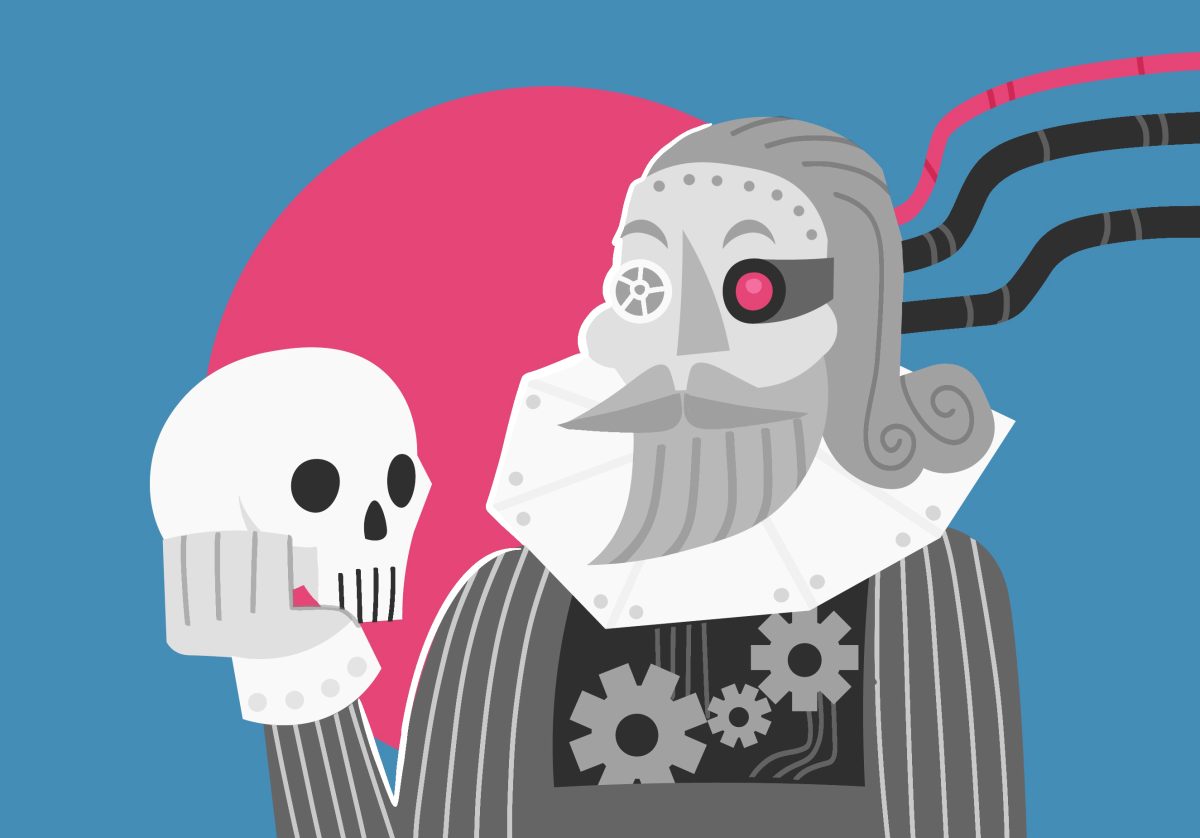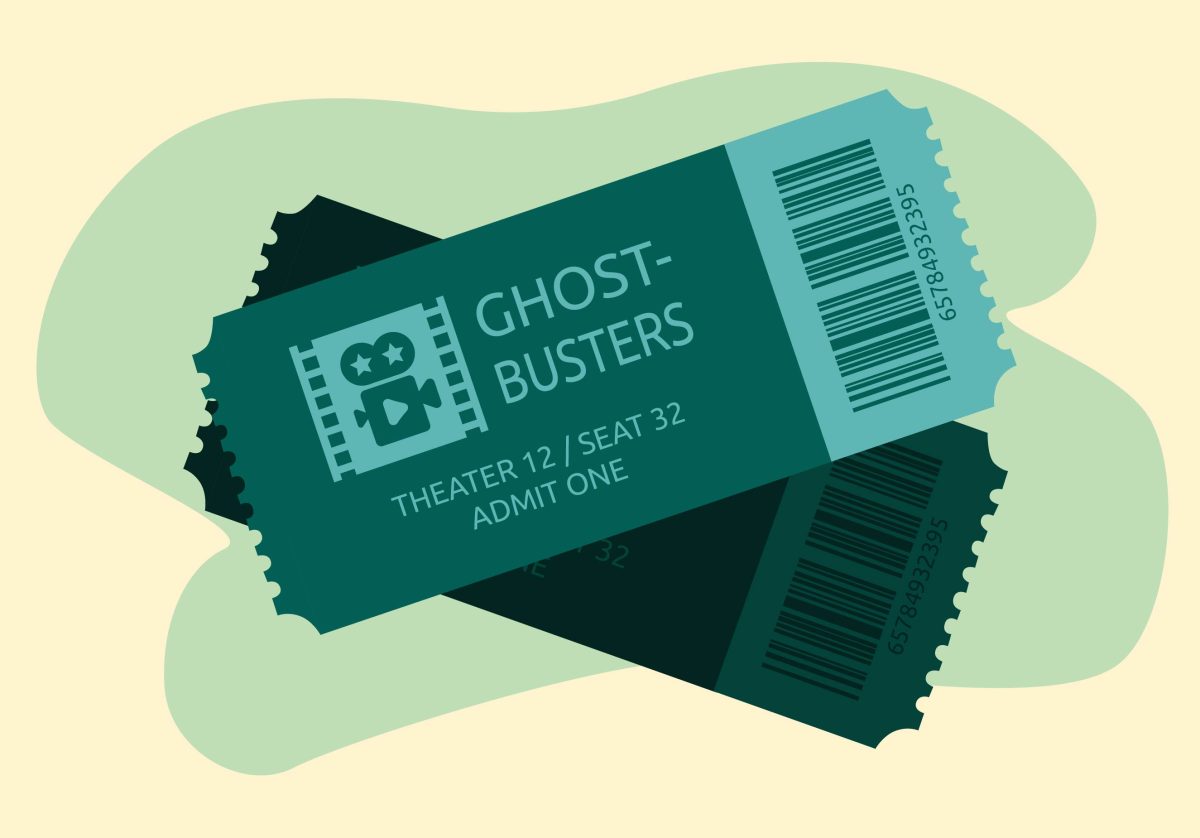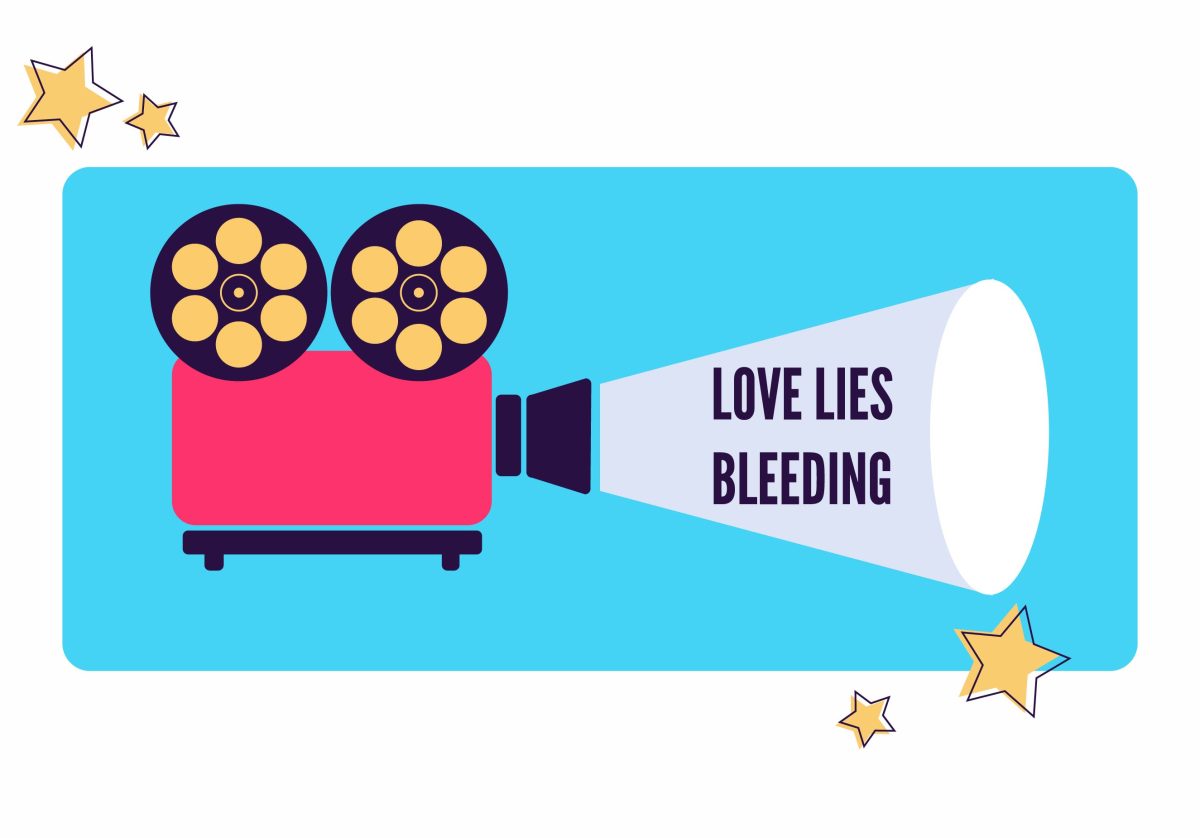We’re in Hollywood now, so listen well and you might learn something.
Anyone who has spent enough time in this land knows that the number of things you can know here is exactly one. It’s a simple, hard-rung fact: You have two ways to die here – suicide and homicide. There’s no such thing as an accident in Hollywood. This is how the business is, how it’s always been and how it’ll always be, ab initio, ad infinitum.
When the phone rang I was lying on my back in bed. A breeze came through the opened window. The shadows from the blinds swayed on the stucco. The call was from work, my editor. I had expected it.
She asked if I knew about the Superman picture that had come through town, “Hollywoodland.” It was a noir-ish biopic by a big time TV director (Allen Coulter). It had a former pianist (Adrian Brody) as the unconvincing deadbeat detective, an unfaithful mistress (Diane Lane) and an aging, untalented pretty boy (Ben Affleck) as the washed-up man of steel himself, George Reeves.
They say that Mr. Reeves put a speeding bullet through his brain back in 1959. Blood-soaked the bed, sprayed the wall. “Hollywoodland” digs up all the inconclusive evidence lingering around the case for questioning – the stray bullet holes, the too-convenient alibis, the mother’s suspect investigation. I had been working on the story, but it wasn’t coming. The picture had as much urgency as that sap demanded at the end of his career.
She listened with complacent “uh-huhs” and “OKs” as I explained that a wash-up’s a wash-up and that one unremarkable film 50 years after the fact wasn’t going to change that. I had been hoping to scrap the piece for something else, to get out of Hollywood, away from the high hills and hotheads and too-tall tales of inconsequential celebrity conspiracy theories.
Yet I couldn’t. Easy to get to, harder to leave – there’s no escaping Hollywood.
She had another question: had I heard about “The Black Dahlia?” Some writer (James Ellroy) had gotten into the dangerous habit of fabricating circumstances surrounding mysterious deaths during 1940s and 1950s Los Angeles. Naturally, vainglorious Hollywood sent its big guns after his pulpy pages. They made one back in 1997 (“L.A. Confidential”) that did the film community proud.
This “Dhalia” adaptation brings one of the City of Angel’s most mysterious unsolved cases flickering on the silver screen. Pretty girl Elizabeth Short (Mia Kirshner), the Black Dahlia, is found broken in two – disemboweled, busted knees, a knife taken ear to ear – and all she wanted was a little spot under the boulevard’s bright lights.
In typical Hollywood fashion, director De Palma (“Scarface”) and crew gathered the big names onto the big screen for this one: hollow-eyed Josh Hartnett puts on his best Spade, and for bad measure, he fixes those cold pebbles on his partner’s (Aaron Eckhart) wife (Scarlett Johansson) and shares a king-size four poster with daddy’s girl, Hilary Swank.
Unlike the other, these kids actually get something accomplished in their picture. Hartnett offs Brody and Affleck. Lane is good in “Hollywoodland,” but noir ain’t the place for good girls. You want intrigue? You want Johansson and Swank.
I asked my editor what she was thinking, and she dealt me some tenuous notion about film noir and its re-emergence. Two pictures, two deaths, two weeks apart. And it all comes from one place: Hollywood.
I hung up the phone and sat up in bed, ran my hands through my hair, got up and drew the blinds. The striated pattern vanished from the room. Two pictures. Two deaths. Two weeks apart. Accidental? Not in Hollywood.
Film noir. I had heard this fancy French phrase in my college days. Forties French cinephiles gave these films a nod for their style: dark, gloomy, heavily shadowed; gritty material, the introspective man with a messy past and a beautiful, duplicitous dame.
But these pictures were rolling when Reeves was still in tights. World War II was fresh in people’s minds. That meant Albert Einstein. That meant the A-bomb. Then, in the ’50s, the parley with the Soviets kept the country’s breath bated. A-list Hollywood? If “A” meant anything, it meant annihilation. So why today?
Both recycled old material, but rehashed material in Hollywood is like crime in Chinatown, there’s so much that you gotta ask, “What makes this one special?” Two pictures, two deaths, one place. But more importantly, two times. What was the link?
And then I realized: It’s not what’s special in Hollywood, it’s not about what’s unique. It’s about what’s the same.
No such thing as an accident. Two pictures, two deaths and the threat of impending terror -World War II, the Cold War and this chaotic state we call post-9/11, where death comes quickly and indiscriminately.
Some say that we live in a hard world. Planes, automobiles, subways, food, toothpaste, shampoo, the air. Who needs an A-bomb? Anyone who has spent enough time in this land knows that the number of things you can know feels like less and less.
So what does Hollywood do about it? It gives reassurance in a single concrete fact: two ways to die. You can bite your own bulletlike “Hollywoodland” or you can dump the body in a lot à la “Dahlia.” No guesswork, no accidents, just deftly calculated order neatly contained in a fixed aspect ratio. Ab initio, ad infinitum. That’s comfort in a box.
















